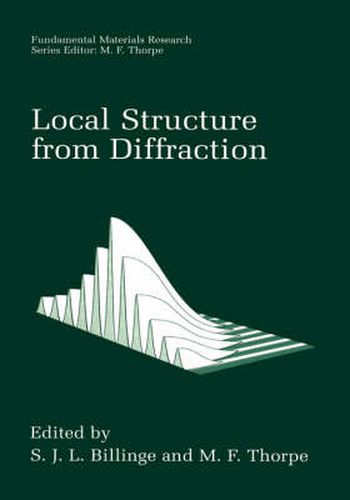Readings Newsletter
Become a Readings Member to make your shopping experience even easier.
Sign in or sign up for free!
You’re not far away from qualifying for FREE standard shipping within Australia
You’ve qualified for FREE standard shipping within Australia
The cart is loading…






This title is printed to order. This book may have been self-published. If so, we cannot guarantee the quality of the content. In the main most books will have gone through the editing process however some may not. We therefore suggest that you be aware of this before ordering this book. If in doubt check either the author or publisher’s details as we are unable to accept any returns unless they are faulty. Please contact us if you have any questions.
This series of books, which is published at the rate of about one per year, addresses fundamental problems in materials science. The contents cover a broad range of topics from small clusters of atoms to engineering materials and involve chemistry, physics, materials science and engineering, with length scales ranging from Angstroms up to millimeters. The emphasis is on basic science rather than on applications. Each book focuses on a single area of current interest and brings together leading experts to give an up-to-date discussion of their work and the work of others. Each article contains enough references that the interested reader can access the relevant literature. Thanks are given to the Center for Fundamental Materials Research at Michigan State University for supporting this series. M.F. Thorpe, Series Editor E-mail: thorpe @ pa.msu.edu East Lansing, Michigan PREFACE One of the most challenging problems in the study of structure is to characterize the atomic short-range order in materials. Long-range order can be determined with a high degree of accuracy by analyzing Bragg peak positions and intensities in data from single crystals or powders. However, information about short-range order is contained in the diffuse scattering intensity. This is difficult to analyze because it is low in absolute intensity (though the integrated intensity may be significant) and widely spread in reciprocal space.
$9.00 standard shipping within Australia
FREE standard shipping within Australia for orders over $100.00
Express & International shipping calculated at checkout
Stock availability can be subject to change without notice. We recommend calling the shop or contacting our online team to check availability of low stock items. Please see our Shopping Online page for more details.
This title is printed to order. This book may have been self-published. If so, we cannot guarantee the quality of the content. In the main most books will have gone through the editing process however some may not. We therefore suggest that you be aware of this before ordering this book. If in doubt check either the author or publisher’s details as we are unable to accept any returns unless they are faulty. Please contact us if you have any questions.
This series of books, which is published at the rate of about one per year, addresses fundamental problems in materials science. The contents cover a broad range of topics from small clusters of atoms to engineering materials and involve chemistry, physics, materials science and engineering, with length scales ranging from Angstroms up to millimeters. The emphasis is on basic science rather than on applications. Each book focuses on a single area of current interest and brings together leading experts to give an up-to-date discussion of their work and the work of others. Each article contains enough references that the interested reader can access the relevant literature. Thanks are given to the Center for Fundamental Materials Research at Michigan State University for supporting this series. M.F. Thorpe, Series Editor E-mail: thorpe @ pa.msu.edu East Lansing, Michigan PREFACE One of the most challenging problems in the study of structure is to characterize the atomic short-range order in materials. Long-range order can be determined with a high degree of accuracy by analyzing Bragg peak positions and intensities in data from single crystals or powders. However, information about short-range order is contained in the diffuse scattering intensity. This is difficult to analyze because it is low in absolute intensity (though the integrated intensity may be significant) and widely spread in reciprocal space.